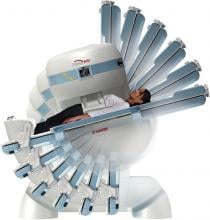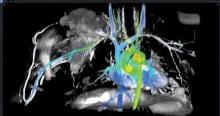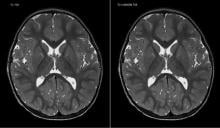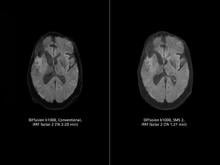New research shows individuals with a greater degree of activity in the stress center of the brain also have more evidence of inflammation in their arteries and were at higher risk for cardiovascular events, including heart attack, stroke and death.
© Copyright Wainscot Media. All Rights Reserved.
Subscribe Now









